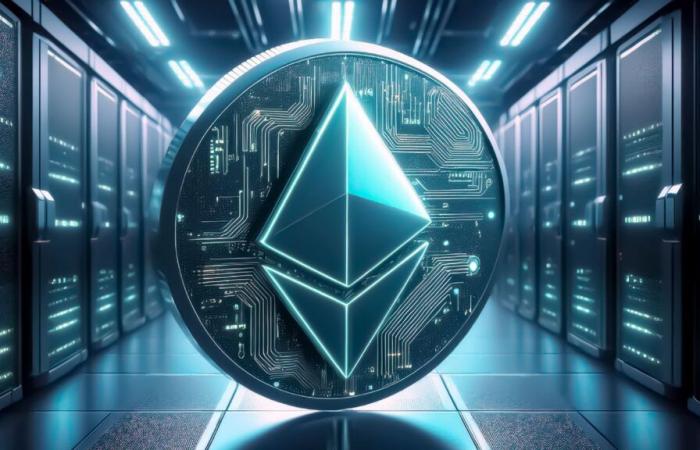- Ethereum's Prague-Electra (Pectra) update has been released to the public Mekong testnet after several private devnets.
- Pectra will introduce 8 EIPs, including improvements to user experience and staking, with deployment planned for early 2025.
In March 2024, the Cancun-Deneb update has been deployed on the Ethereum mainnet. Shortly after its deployment, the developers looked at the following hard fork entitled Prague-Electra (Pectra). After several devnets, this update has just been released for the first time on a public testnet.
Mekong: a first testnet for Pectra
Ethereum developers have been refining the specifications of the next one for several months now. hard fork Pectra. Thus, the latter should be deployed on the mainnet in the first quarter of 2025.
However, unlike most hard forks so far, Pectra will be rolled out in two separate updates. The aim is to facilitate the procedure.
After being deployed on 4 different devnets, namely private networks reserved for developers, it is now time for Pectra to take the next step.
Thus, on November 7, the Ethereum Foundation announced the launch of the first public testnet for Pectra, entitled Mekong.
“Mekong is meant to be a playground for wallet developers to experiment with UX changes and for stakers to familiarize themselves with the upcoming changes. »
Hard fork Pectra: 8 EIPs in the starting blocks
In practice, this testnet will allow testing several EIPs which will be integrated into the Pectra hard fork.
This includes user experience improvements through the EIP-7702, changes to staking via EIP-7251. Or even developments on the deposit/withdrawal mechanisms for validators with the EIP 6110 and 7002.
Other more minor EIPs will also be part of the update. In total, Pectra will introduce 8 EIPs:
- EIP-2537 : Adds precompilation for operations on the BLS12-381 curve, facilitating the use of aggregated signatures and advanced cryptographic proofs on Ethereum;
- EIP-2935 : Saves hashes of historical blocks in state, allowing more efficient access to data from previous blocks for smart contracts;
- EIP-6110 : Allows validator deposits to be made directly on-chain, improving transparency and validation management;
- EIP-7002 : Allows validators to initiate outputs via the execution layer, providing greater flexibility in managing staked funds;
- EIP-7251 : Increases the maximum effective balance of validators from 32 ETH to 2048 ETH, allowing consolidation of validators and increased network efficiency;
- EIP-7549 : Moves the committee index outside of the certificate, simplifying the structure of certificates and reducing the processing load;
- EIP-7685 : Introduce general queries for the execution layer, expanding the possible interactions between smart contracts;
- EIP-7702 : Allows external accounts (EOA) to have an associated code for a single transaction, making complex actions possible without changing their default status.
For his part, Vitalik Buterin, the co-founder of Ethereum, has undertaken a series of articles which present the future of the network. The latest covered The Scourge stage of the Ethereum roadmap.







